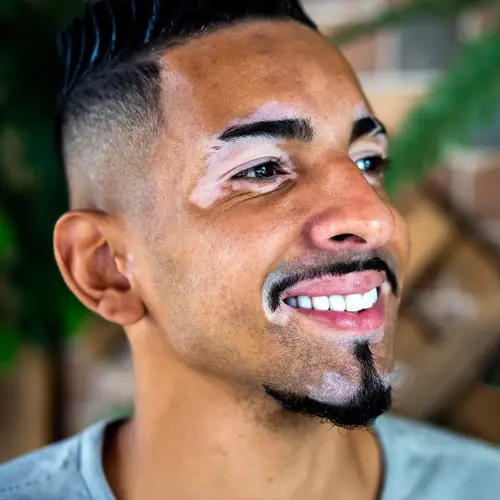Staphylococcal scalded skin syndrome (SSSS) is a serious skin infection that usually occurs in infants and young children under the age of six. It's also called Ritter's disease. This infection is caused by a type of staphylococcal aureus bacteria. It also rarely occurs in older people with kidney failure or those with weakened immune systems.
What Causes Scalded Skin Syndrome?
Staphylococcal aureus bacteria is a type of bacteria that normally lives on people. It's found in the nose, groin, armpit, and other areas. Most of the time, the bacteria doesn't cause problems or causes only minor skin infections. However, if the bacteria gets deeper inside your body it can cause life-threatening infections of your blood, joints, lungs, bones, and heart.
Some strains of the staphylococcal aureus bacteria release a toxin that travels through the bloodstream and binds with a protein on the outer layer of the skin. This causes the skin to get red all over and blisters to break out. Most people over the age of six have an antibody to this toxin in their blood that stops this from happening. However, babies and young children don't have antibodies to the toxin. Their kidneys are also immature and can't flush out the toxin.
What Are the Symptoms of Scalded Skin Syndrome?
Staphylococcal scalded skin syndrome usually starts out with redness of the skin and fever. Blisters may appear and then rupture, leaving moist skin behind. Other symptoms can include:
- Weakness
- Loss of fluid
- Chills
- Painful red areas around the infection site
- Top layer of skin that falls off with slight rubbing or pressure
- Sores around the diaper area and umbilical cord in newborns
- Sores on arms, legs, and trunk of older children
How Is Scalded Skin Syndrome Diagnosed?
Your child's health care provider will examine your child and ask about their symptoms. They may be able to diagnose scalded skin syndrome based on an examination alone, or your child may need additional tests. A small piece of skin may be removed and studied under a microscope. This is called a biopsy.
Your child's doctor may also do a culture. A culture is done by taking a swab in an area where the bacteria is, such as:
- The corners of the eye
- The nasal passages
- The umbilical cord
- The upper area of the throat
How Is Scalded Skin Syndrome Treated?
The treatment for scalded skin syndrome depends on a variety of factors, including:
- Your child's age
- Your child's medical history
- Your child's overall health
- How severe the SSSS is
Your child may have to be treated in the intensive care unit or the burn unit. They will likely need to be hospitalized for treatment. Treatment options may include:
- Intravenous fluids so your child won't get dehydrated
- Skin creams, ointments, and bandages
- Pain medicine
- Intravenous antibiotic medicine
- Tube feedings from the mouth to the stomach if needed
Once treatment has started, your child will probably begin to feel better in a few days. Their skin usually heals completely within a few more days. Some children have dry peeling of the skin within a week to 10 days. This is harmless.
What Are the Possible Complications of Scalded Skin Syndrome?
The prognosis for staphylococcal scalded skin syndrome is excellent, with full healing usually occurring within 10 days with no scarring. However, possible complications can lead to scarring, disability, and death. These complications include:
- Shock
- Dehydration
- Bacteremia, which happens when the infection gets in the blood
- Sepsis, which happens when the body's response to an infection damages its own tissues
- Hypothermia
- Spread of the infection
- Secondary infection
How Is Scalded Skin Syndrome Spread?
Scalded skin syndrome is spread the same way staphylococcal aureus bacteria is spread. Epidemics may break out in nurseries when caregivers have been exposed to an infected baby or have the bacteria on their skin.
Staphylococcus aureus infections are normally spread from skin-to-skin contact. However, they can also be spread by touching objects that are contaminated with the bacteria, like towels or other personal items. They can also be spread from one area of the body to another through dirty hands or fingernails.
How Can Scalded Skin Syndrome Be Prevented?
Staph bacteria is very hardy and can survive extreme temperatures, dryness, and even stomach acid. Scalded skin syndrome can be prevented by preventing the spread of the bacteria. Taking the following precautions can help:
- Frequently wash your hands with soap and water.
- Bathe or shower daily.
- Keep wounds, cuts, and rashes clean and covered.
- Don't share towels, sheets, or personal items if someone in your family has a staph infection.

